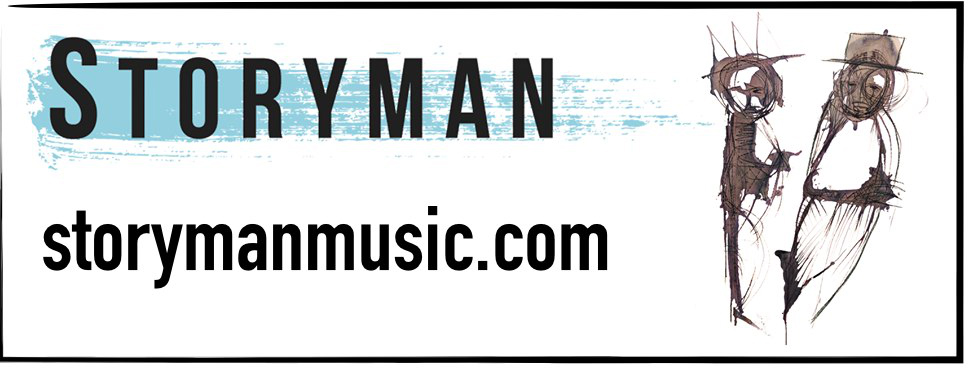SciWorks Radio is a production of 88.5 WFDD and SciWorks, the Science Center and Environmental Park of Forsyth County, located in Winston-Salem. Follow Shawn on Twitter @SCIFitz.
According to the American Cancer Society, cancer, in its various forms, killed almost 600,000 Americans in 2014. The good news, according to their 2011 annual report, is that death rates have decreased. Over the span of time between 1990 and 2007, an estimated 900,000 lives were spared. Improvements in prevention, early detection, and treatment are cited for this. There is still no cure, but treatments are becoming more and more advanced and, well, clever. Here in Winston-Salem, a team led by Dr. Waldemar Debinski, director of the Brain Tumor Center of Excellence at Wake Forest Baptist, has been awarded a $1.5 million grant by the National Cancer Institute (NCI) of the National Institutes of Health, to advance treatments for glioblastoma, or GBM; a highly malignant form of brain tumor.
Brain tumors represent a particular problem in oncology. Brain tumors are localized to the brain and are separated from the blood stream. It is more difficult to get to them with drugs. At the same time, some forms of brain tumors, such as glioblastoma, the one we are specifically focusing on, are growing very fast and are very aggressive, and they also spread quickly in the brain.
The NIH grant is allowing Dr. Debinski to focus on three advanced forms of molecular treatment.
One is on specific delivery of drugs to the sites in tumor cells where they really act. We can deliver drugs to the nuclei, we can also deliver drugs to lysosomes, and we can deliver drugs to mitochondria. So, if we treat somebody with traditional chemotherapeutics, the drug is going to go all over, but not exactly to the sites where it works. I'll give you an example: Some drugs work in the nuclei of cells, it's a house to DNA, and many of the chemotherapeutics interfere with the DNA. The best approach would be to deliver the drugs straight to the DNA. And so, we can actually do that. The second part of the grant, we have identified a relatively small peptide, that is a small protein. This can be used for imaging and if it's for imaging it also means for diagnostic purposes. At the same time, it can deliver drug-loads. This peptide has interesting characteristics because it can cross the blood-brain barrier. This is the barrier that delineates the brain from the rest of the organs. And it's also the barrier for standard drugs, and, because of that, brain tumors are so difficult to treat. But this peptide has the capacity to actually get into tumors when it's in the brain. The third part of the story is pure immunotherapy. We are trying to design and build a super-antibody that will have several functions, including the possibility to destroy the cancer cells, also to activate the immune system, which is usually suppressed in the patients with GBM or with other kinds of cancers. The antibody is a defined structure and has defined elements performing specific functions, and we can exchange those elements for other elements of different functions. And by this, producing a multifunctional antibody.
To recap, Dr. Debinski's team is advancing methods to deliver drugs to very specific parts of multiple cells (for example, all cell nuclei, and only the nuclei, in a tumor), delivering drug loads across the highly impermeable blood-brain barrier, and the manufacture of a super-antibody to kill cancer cells and awaken the immune system. But with this, and many other projects like it worldwide, how close are we to a cure for cancer?
I think that now, in the field of neuro-oncology, we have achieved a critical mass of people interested in working on brain tumors. Working from different angles, and trying to understand the disease, and also trying to design new therapeutic approaches. And I remain optimistic that, in the next decades, we'll be making much faster progress, and bring almost an end to cancer as we see it now.
This Time Round, the theme music for SciWorks Radio, appears as a generous contribution by the band Storyman and courtesy of UFOmusic.com.

300x250 Ad
300x250 Ad
